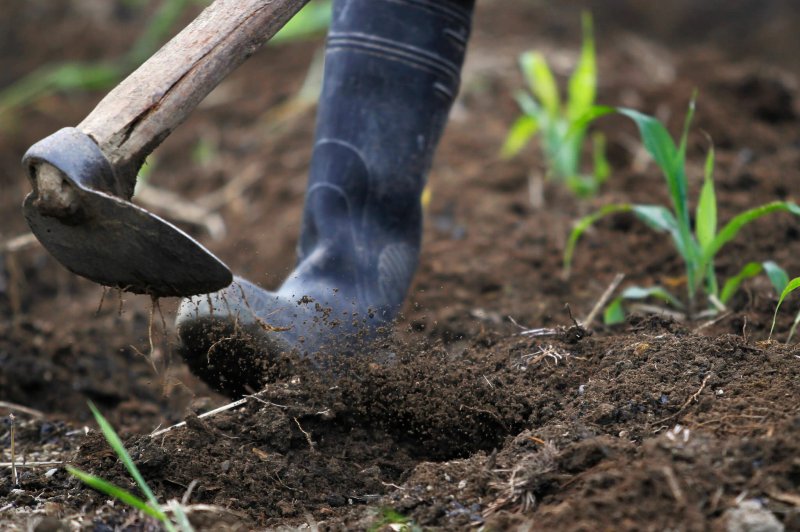“The idea behind carbon farming is pretty simple — remove excess carbon from the atmosphere and store it in the soil, where it will facilitate plant growth,” [soil scientist Katie] Lewis said.
Carbon farming involves implementing agricultural practices that improve the rate at which carbon dioxide is removed from the atmosphere and converted to plant material and soil organic matter. It works by applying agricultural methods such as no-till or conservation tilling for minimal soil disturbance, mulching, composting, rotating livestock and using cover crops as ways of sequestering carbon in the soil.
…
“Recently, there have been discussions about creating a ‘carbon bank’ at the USDA that would buy and sell carbon credits from farmers,” [economist Joe] Outlaw said. “The credits could then be sold to corporations needing to offset their emissions.”
This concept, which has received support from a number of farm, food, forestry and environmental groups, also makes accommodations for early adopters.
“At this time, there’s really no way to know if carbon farming would be an effective way to fight climate change, but there is no doubt there are many ways to make changes in land management that would improve soil health and benefit the environment,” Outlaw said.































